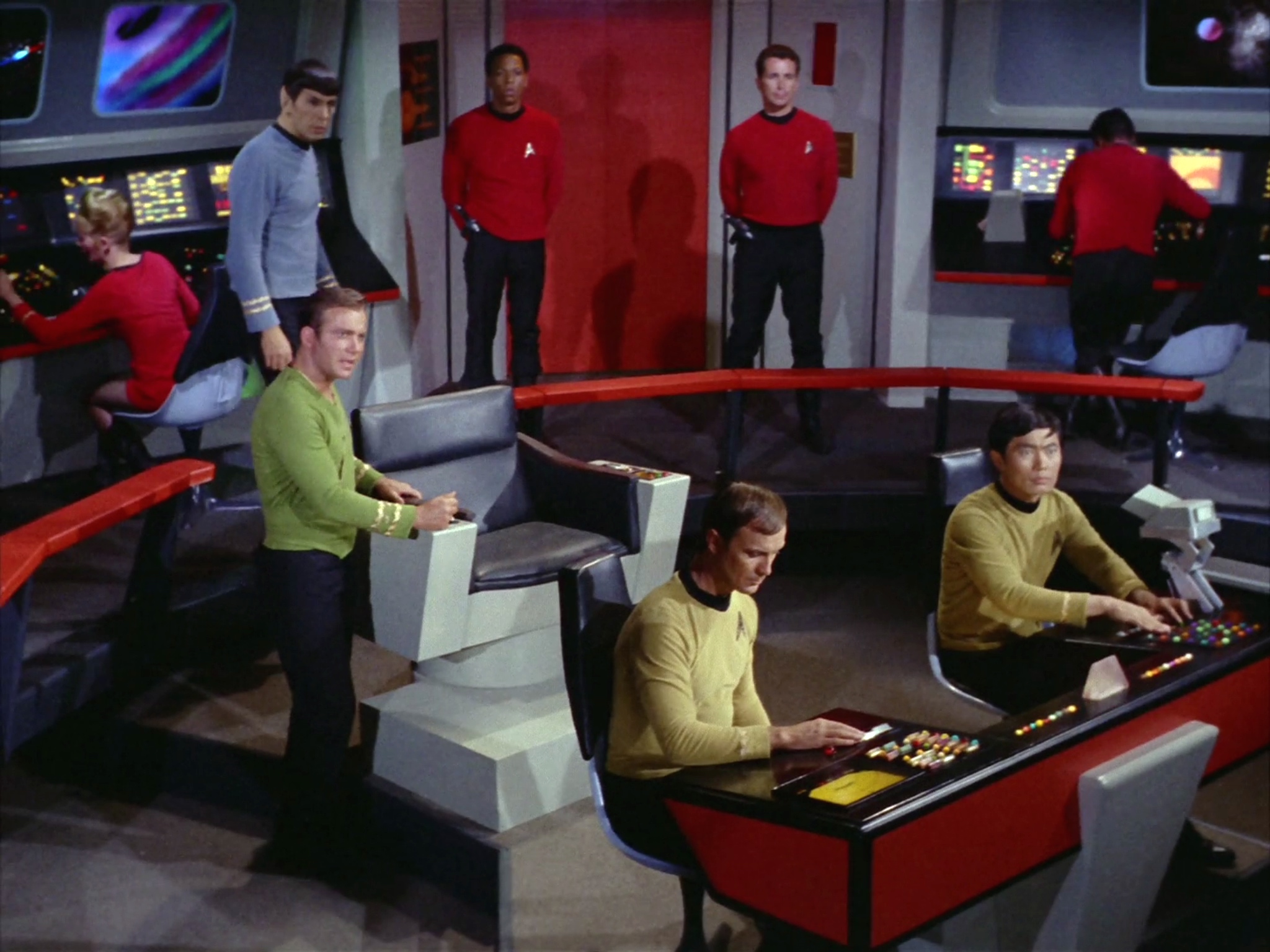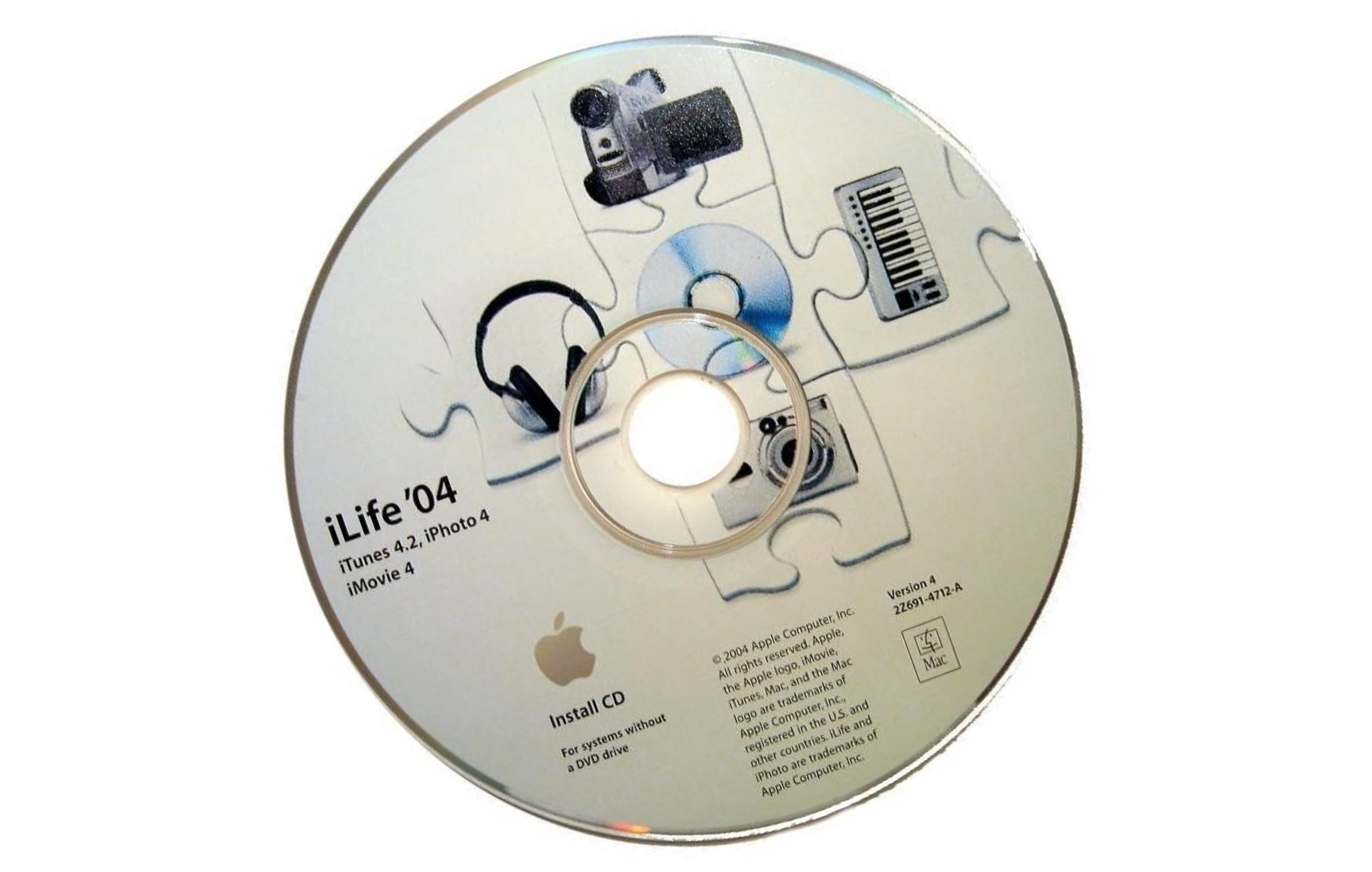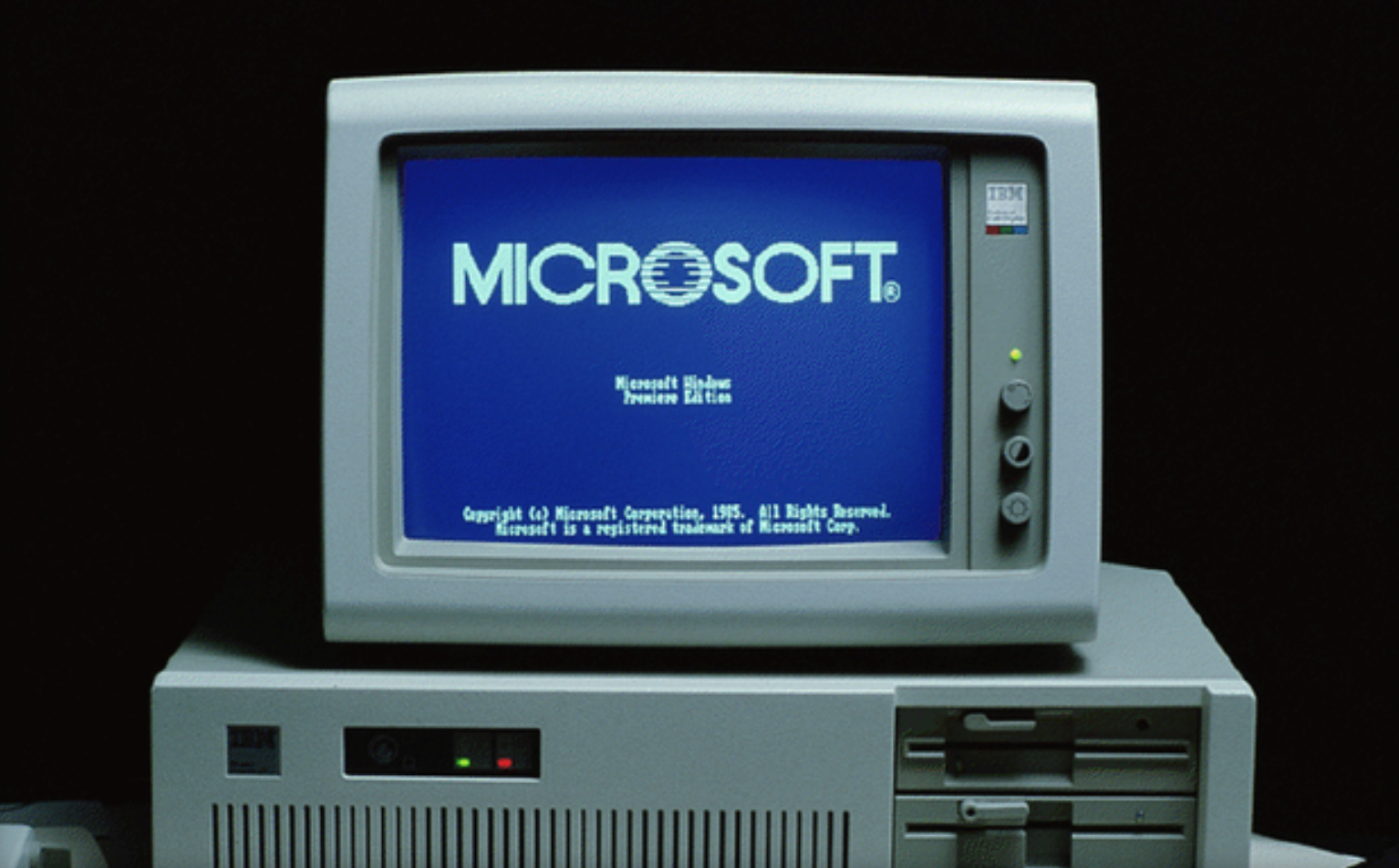Since I received a bunch a calls today about Google’s new desktop search utility, larger perspective is warranted. The browser wars really set the stage for the search competition underway between Microsoft and Google. While […]


Since I received a bunch a calls today about Google’s new desktop search utility, larger perspective is warranted. The browser wars really set the stage for the search competition underway between Microsoft and Google. While […]

My prevailing thinking on why high-tech products succeed or fail boils down to four criteria. Editor’s Note 2/8/2014: I expanded the number to eight and wrote book about them: The Principles of Disruptive Design.
A product must:

Microsoft employees are prolific bloggers, and I’m surprise the company hasn’t really developed software tools supporting the phenomenon. I understand that blogging hasn’t reached mainstream momentum, yet. But, sometimes, it’s not the “how manys” but the “who they are” that matters more.
In 1966, I accidentally discovered “Star Trek” on a CBC station out of St. Johns, New Brunswick, Canada. When I was a kid, local TV station WAGM, in Presque Isle, Maine, had the unique distinction of being three network affiliates: ABC, CBS, and NBC. WAGM was the only American broadcast TV station serving Maine’s largest but sparsely-populated county, Aroostook, which spanned about a fifth of the state. WAGM didn’t air “Star Trek”; some show from another network made the cut instead.

Earlier this week, over at O’Reilly Network, Alan Graham posted a rip-rourous blog about Microsoft’s Windows Media strategy. While I don’t agree with all his conclusions, his rat-tat-tat sarcasm had me in stitches. It’s a […]

I want to take a look at just one of the ways Apple, with its puny computer marketshare, out-markets Microsoft. It’s all in the presentation.
Gander at these two websites: Apple’s iLife `04 and Microsoft’s Plus! Digital Media Edition. Each site hawks the respective company’s digital media suite. But, Apple does a much better job making its product enticing. [Update: 10/2009: Links removed because the original websites are gone.]

Today, I got a Suunto n3 watch, which uses Microsoft’s MSN Direct service to deliver news, weather, stocks, sports scores, instant messages, and even Outlook calendar data to the timepiece. This is the second watch […]

Microsoft has an image problem. Just ask anyone doing business with the company. Software developers, hardware manufacturers, and even some customers will secretly share they’re scared to death of Microsoft. Many reasons account for this fear. Some partners worry Microsoft will one day turn on them and gobble up their market. Others don’t want to rock the boat for fear of missing out on the coveted Windows logo for their products.
Some customers fear Microsoft’s bringing in Washington-based Business Software Alliance to do a software audit. Each piece of non-licensed software can cost a company $150,000. Even if every bit and byte is legal, the burden of proof is on the accused. Did you keep every receipt?

Apple is expected to launch a new online music service on April 28, 2003, that will work with a new version of the company’s iTunes digital music software. Rumors are buzzing loader than a ruptured hornet’s nest about the service. Most people believe Apple will make the new service available for Macs only. But I can’t imagine Apple CEO Steve Jobs is that dumb. If he’s smart, he’ll release an iTunes version for Windows and make a bold move into the digital media market.

Nothing irritates a busy reporter more than blowing off a whole day because of a computer catastrophe. (Can you guess where this is going?) Worse, this situation rekindled a longstanding gripe with Hewlett-Packard.
First, the crisis. The hard drive on the HP Windows Media Center 883n I had been testing suffered some kind of partial failure on Oct. 19, 2002, forcing a mad scramble to recover what data I could from the crippled disk. I first fired up the 883n on Oct. 10—so that’s only nine days of use—with the intention of writing a review as early as Oct. 20. But given the drive failure, I had to start from scratch, since some peculiarities I noticed with the system apparently derived from the lame disk.

They say a picture is worth a thousand words. Most big companies must really believe this, because the majority have a corporate logo. Hell, logos have a long legacy, going back to families’ coats of arms. That picture has been a way of identifying an entity—whether a family or business—for a long time. But one major U.S. company doesn’t have a corporate logo, which might explain some rather strange behavior about branding.
I’m talking about Microsoft. This fact might explain some mighty strange behavior up there in Redmond.